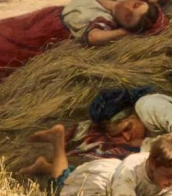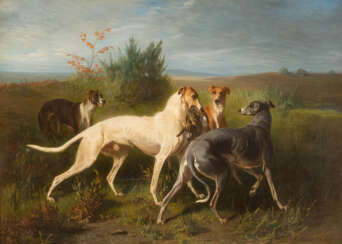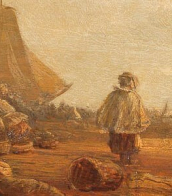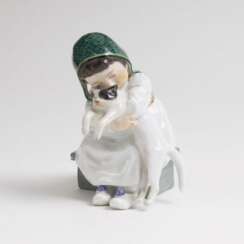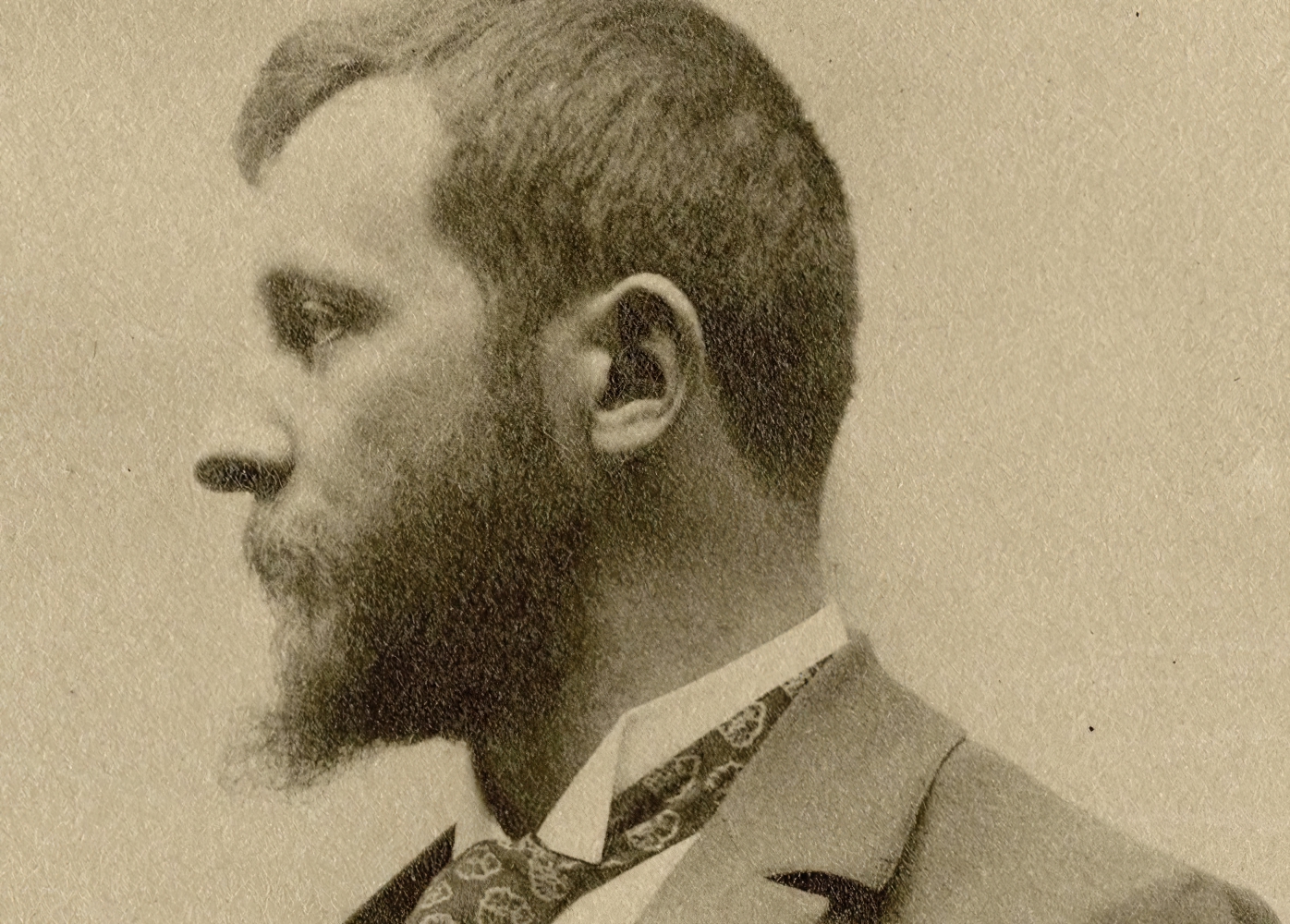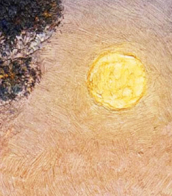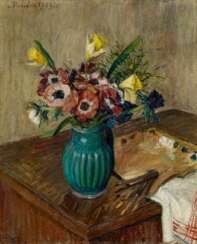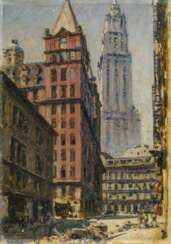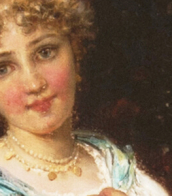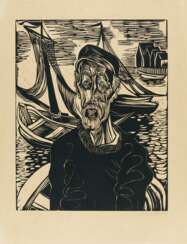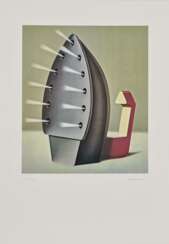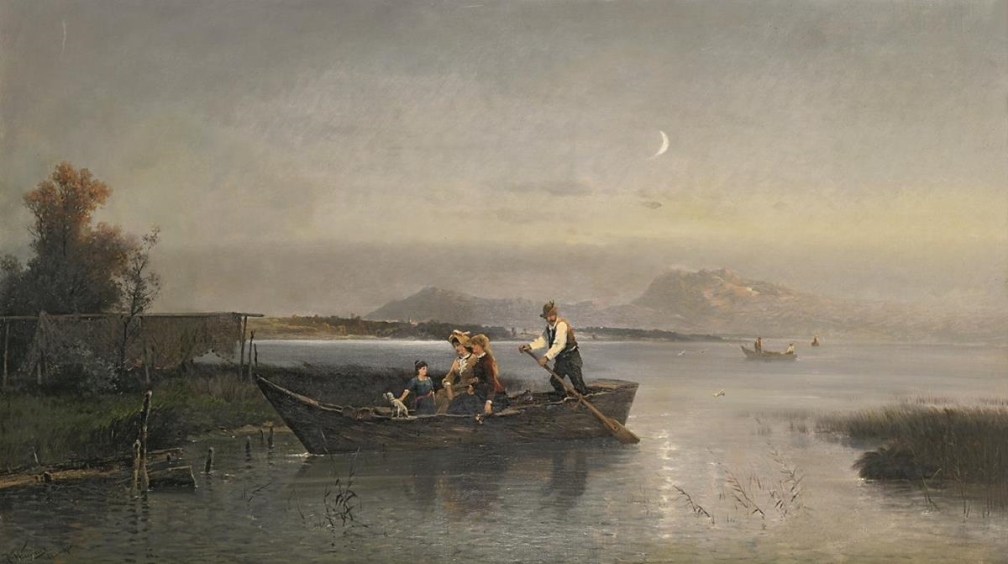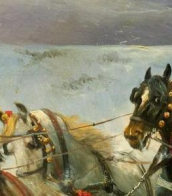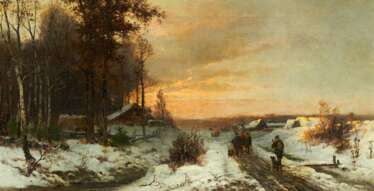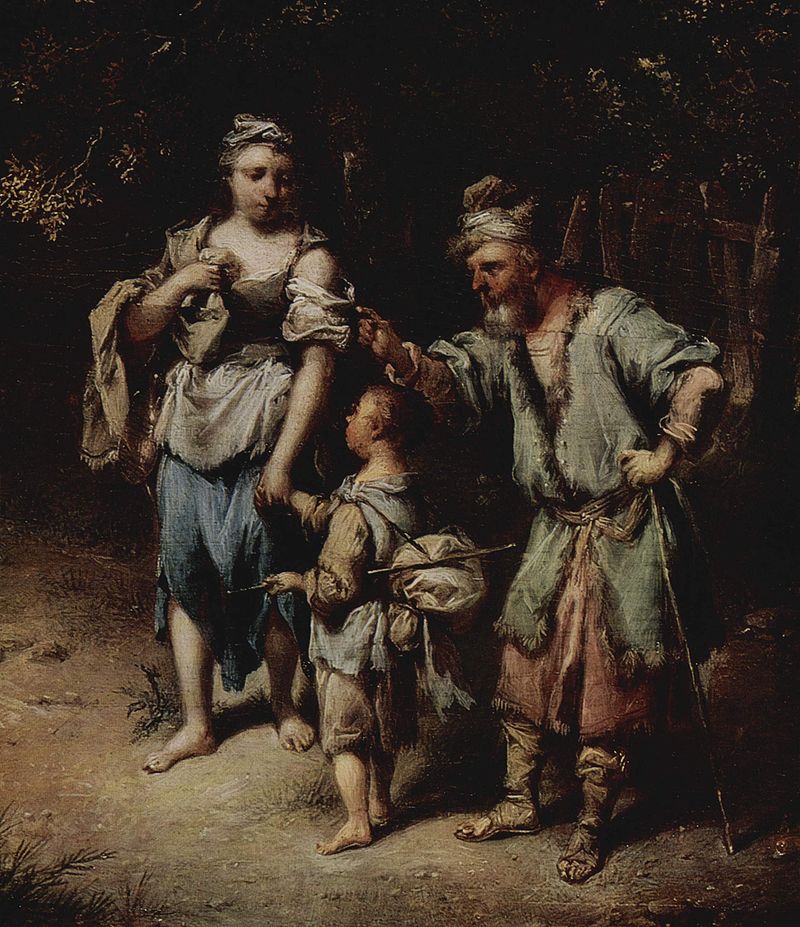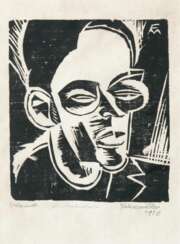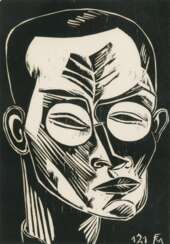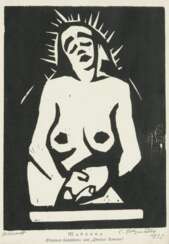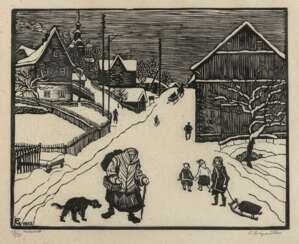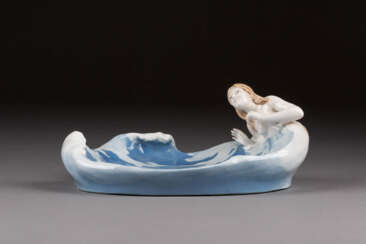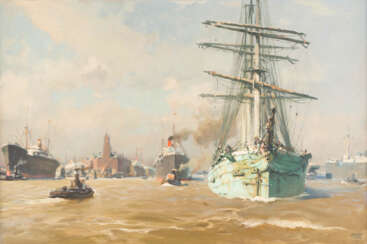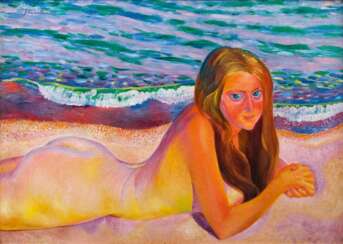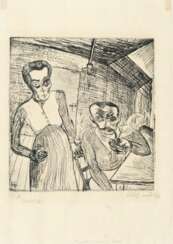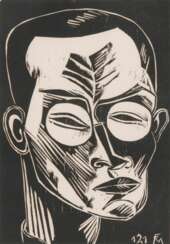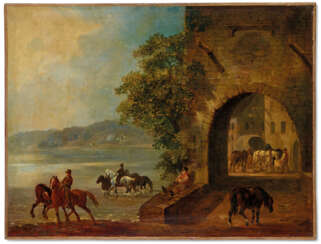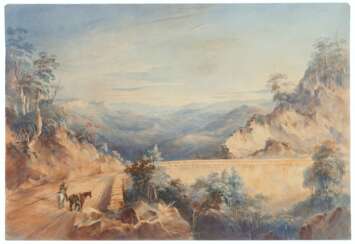конради

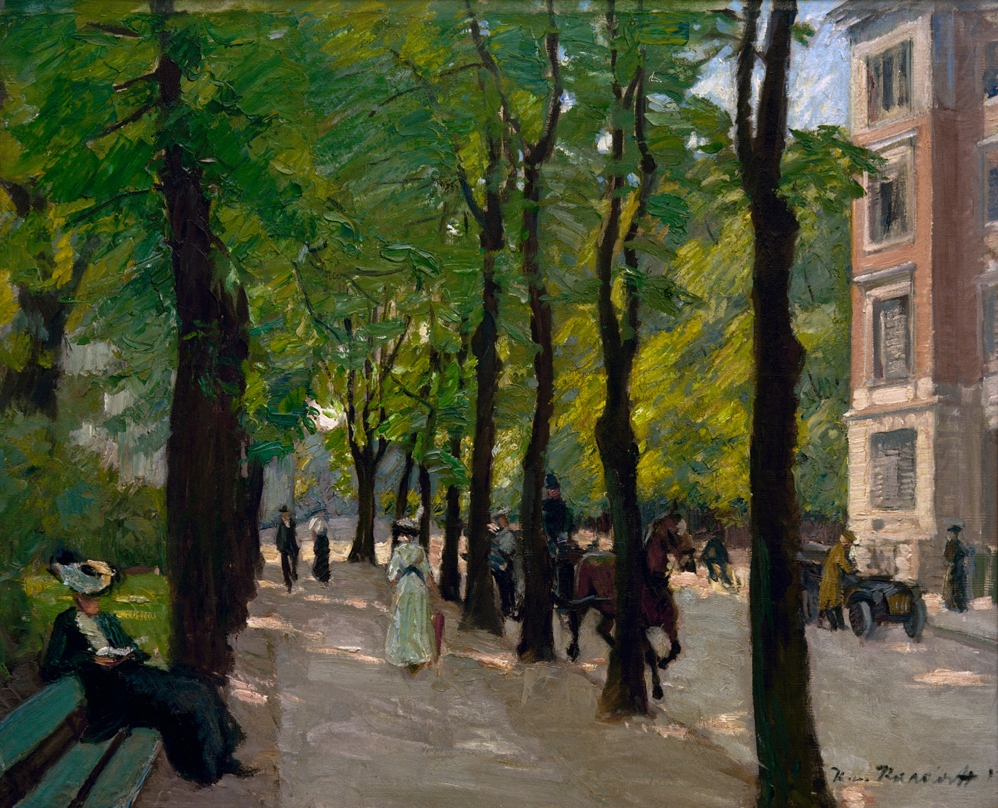
Konrad von Kardorff was a German impressionist painter. He studied painting at the Munich Academy of Fine Arts and the Académie Julian in Paris. He is known primarily for urban landscapes, portraits and still lifes.
Konrad von Kardorff combined the traditional art of portrait painting, which he learned primarily from Ludwig von Loeffz, with elements of Impressionism to create an impressive color composition characteristic of each individual.
And his landscapes are a wholly independent embodiment of the tendencies of French Impressionism. Kardorf depicts sun-drenched avenues on which Berlin life pulsates, with cabins and cars, tall representative buildings and many people hurrying past or sitting peacefully on a bench. He paints against a light background so that the colors shine but are not obtrusive. Bright spots of light play on the gray street, contrasting with the dark trunks of trees.
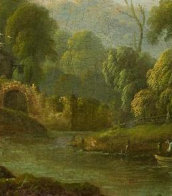
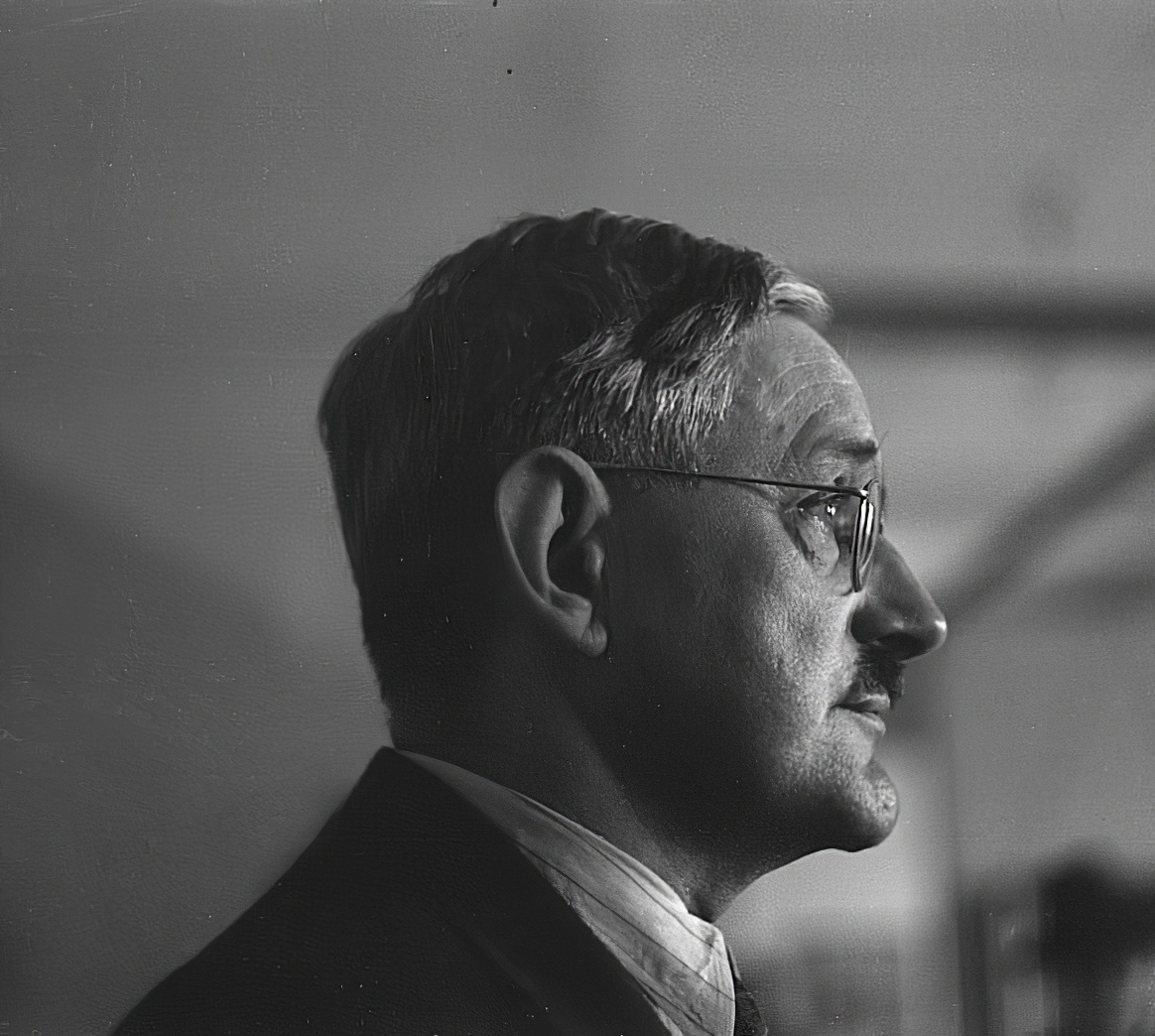
Conrad Felixmüller was a twentieth-century German artist, born Conrad Felix Müller. He is known as a painter, graphic artist, illustrator and printmaker, a representative of the New Materiality movement, who worked in the Expressionist style.
Felixmüller created about 2,500 paintings and graphic drawings, the main motif of which was the human being. The artist considered himself a socially critical expressionist, and his works reflected scenes from everyday life. In the 1930s, many of his works were confiscated by the Nazis as examples of degenerate art and destroyed. As a result of the bombing of Berlin in 1944, Felixmüller lost much of his work.

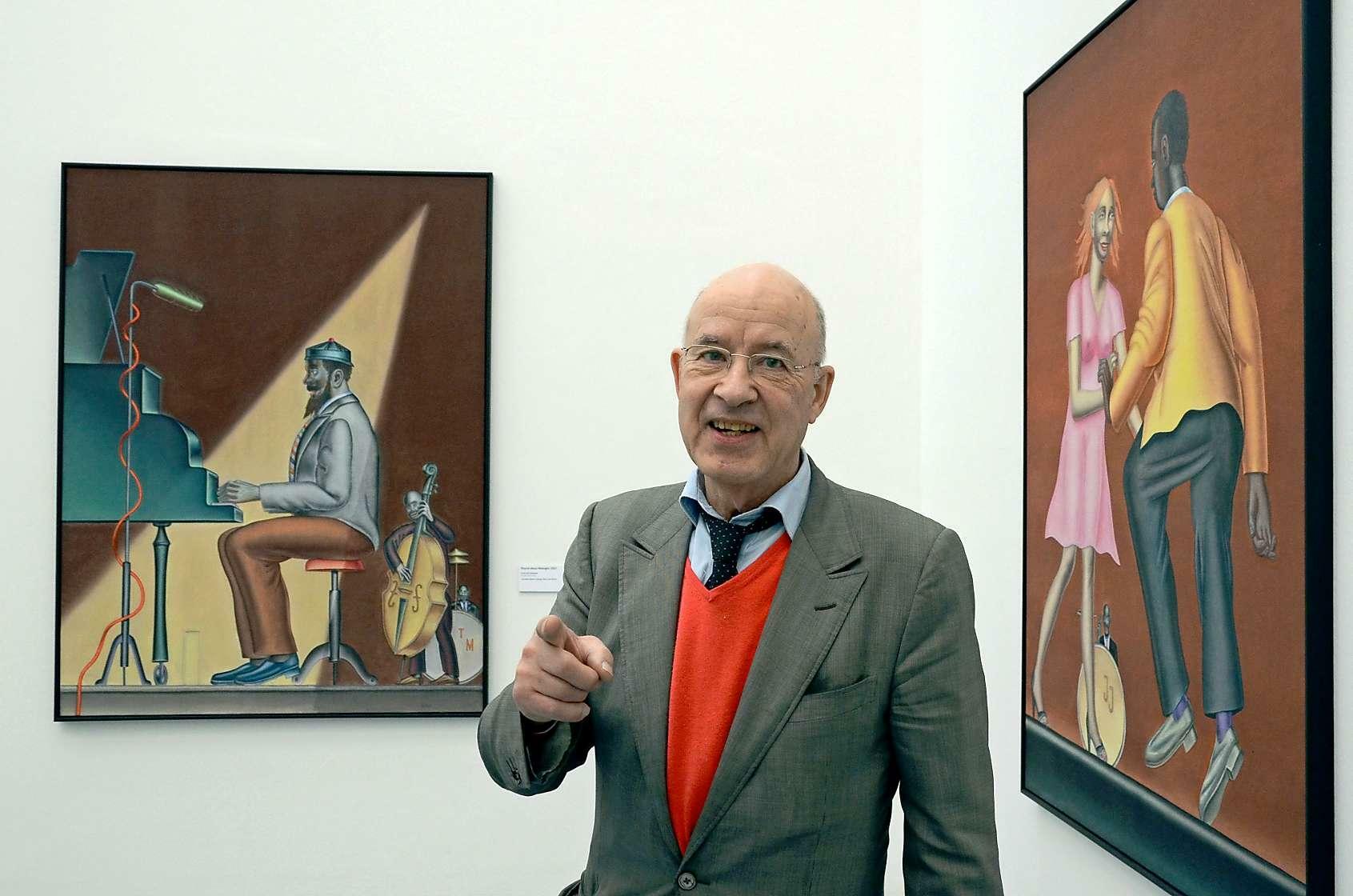
Konrad Klapheck is a German painter and graphic artist whose style of painting combines features of Surrealism and Pop art.


Conrad Felixmüller was a twentieth-century German artist, born Conrad Felix Müller. He is known as a painter, graphic artist, illustrator and printmaker, a representative of the New Materiality movement, who worked in the Expressionist style.
Felixmüller created about 2,500 paintings and graphic drawings, the main motif of which was the human being. The artist considered himself a socially critical expressionist, and his works reflected scenes from everyday life. In the 1930s, many of his works were confiscated by the Nazis as examples of degenerate art and destroyed. As a result of the bombing of Berlin in 1944, Felixmüller lost much of his work.
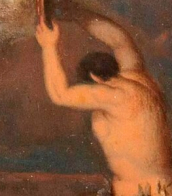

Conrad Felixmüller was a twentieth-century German artist, born Conrad Felix Müller. He is known as a painter, graphic artist, illustrator and printmaker, a representative of the New Materiality movement, who worked in the Expressionist style.
Felixmüller created about 2,500 paintings and graphic drawings, the main motif of which was the human being. The artist considered himself a socially critical expressionist, and his works reflected scenes from everyday life. In the 1930s, many of his works were confiscated by the Nazis as examples of degenerate art and destroyed. As a result of the bombing of Berlin in 1944, Felixmüller lost much of his work.


Conrad Felixmüller was a twentieth-century German artist, born Conrad Felix Müller. He is known as a painter, graphic artist, illustrator and printmaker, a representative of the New Materiality movement, who worked in the Expressionist style.
Felixmüller created about 2,500 paintings and graphic drawings, the main motif of which was the human being. The artist considered himself a socially critical expressionist, and his works reflected scenes from everyday life. In the 1930s, many of his works were confiscated by the Nazis as examples of degenerate art and destroyed. As a result of the bombing of Berlin in 1944, Felixmüller lost much of his work.


Conrad Felixmüller was a twentieth-century German artist, born Conrad Felix Müller. He is known as a painter, graphic artist, illustrator and printmaker, a representative of the New Materiality movement, who worked in the Expressionist style.
Felixmüller created about 2,500 paintings and graphic drawings, the main motif of which was the human being. The artist considered himself a socially critical expressionist, and his works reflected scenes from everyday life. In the 1930s, many of his works were confiscated by the Nazis as examples of degenerate art and destroyed. As a result of the bombing of Berlin in 1944, Felixmüller lost much of his work.


Conrad Felixmüller was a twentieth-century German artist, born Conrad Felix Müller. He is known as a painter, graphic artist, illustrator and printmaker, a representative of the New Materiality movement, who worked in the Expressionist style.
Felixmüller created about 2,500 paintings and graphic drawings, the main motif of which was the human being. The artist considered himself a socially critical expressionist, and his works reflected scenes from everyday life. In the 1930s, many of his works were confiscated by the Nazis as examples of degenerate art and destroyed. As a result of the bombing of Berlin in 1944, Felixmüller lost much of his work.
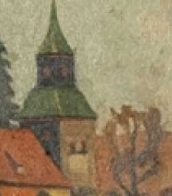
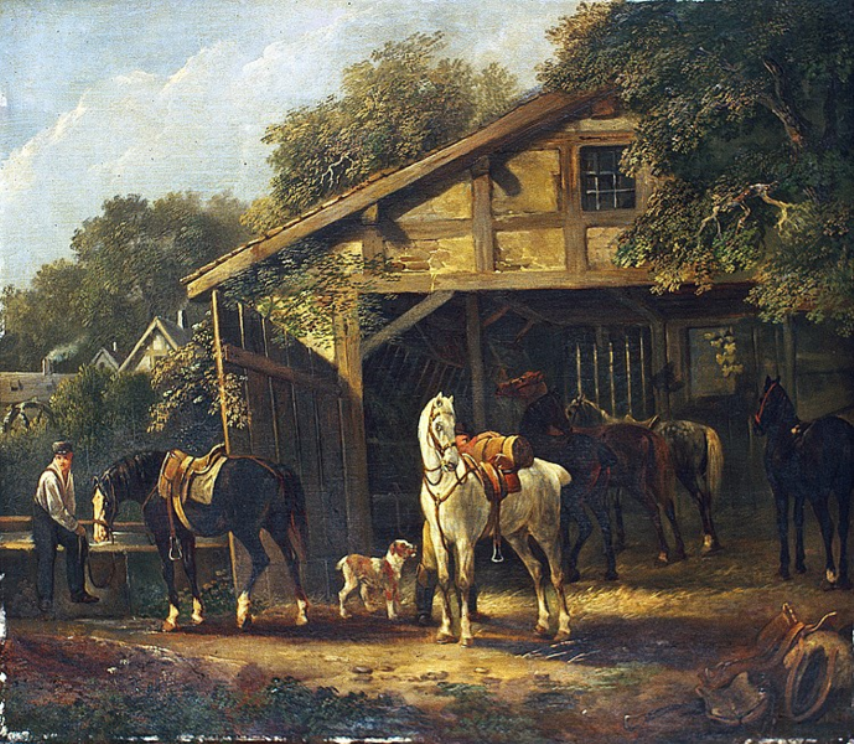
Johann Conrad Gessner was a Swiss battle painter and lithographer.
He studied painting first with his artist father Solomon Gessner (1730-1788), then at the Dresden Art Academy, before traveling to Naples and Rome. Back in Germany, Gessner became known for his equestrian and battle scenes, and his drawings and watercolors already had features of early Romanticism.
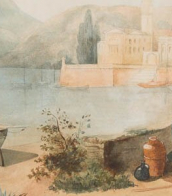
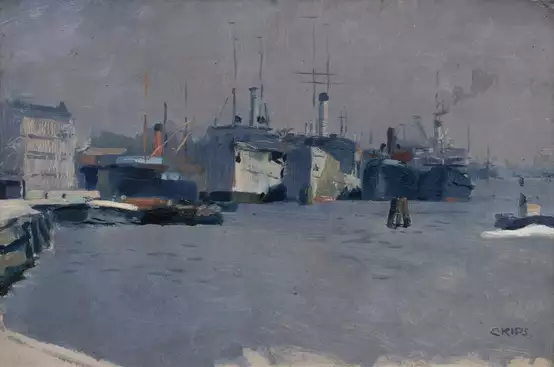
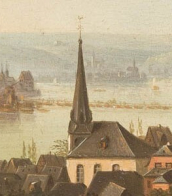

Conrad Felixmüller was a twentieth-century German artist, born Conrad Felix Müller. He is known as a painter, graphic artist, illustrator and printmaker, a representative of the New Materiality movement, who worked in the Expressionist style.
Felixmüller created about 2,500 paintings and graphic drawings, the main motif of which was the human being. The artist considered himself a socially critical expressionist, and his works reflected scenes from everyday life. In the 1930s, many of his works were confiscated by the Nazis as examples of degenerate art and destroyed. As a result of the bombing of Berlin in 1944, Felixmüller lost much of his work.


Conrad Felixmüller was a twentieth-century German artist, born Conrad Felix Müller. He is known as a painter, graphic artist, illustrator and printmaker, a representative of the New Materiality movement, who worked in the Expressionist style.
Felixmüller created about 2,500 paintings and graphic drawings, the main motif of which was the human being. The artist considered himself a socially critical expressionist, and his works reflected scenes from everyday life. In the 1930s, many of his works were confiscated by the Nazis as examples of degenerate art and destroyed. As a result of the bombing of Berlin in 1944, Felixmüller lost much of his work.


Conrad Felixmüller was a twentieth-century German artist, born Conrad Felix Müller. He is known as a painter, graphic artist, illustrator and printmaker, a representative of the New Materiality movement, who worked in the Expressionist style.
Felixmüller created about 2,500 paintings and graphic drawings, the main motif of which was the human being. The artist considered himself a socially critical expressionist, and his works reflected scenes from everyday life. In the 1930s, many of his works were confiscated by the Nazis as examples of degenerate art and destroyed. As a result of the bombing of Berlin in 1944, Felixmüller lost much of his work.


Johann Conrad Gessner was a Swiss battle painter and lithographer.
He studied painting first with his artist father Solomon Gessner (1730-1788), then at the Dresden Art Academy, before traveling to Naples and Rome. Back in Germany, Gessner became known for his equestrian and battle scenes, and his drawings and watercolors already had features of early Romanticism.
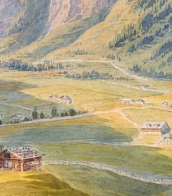
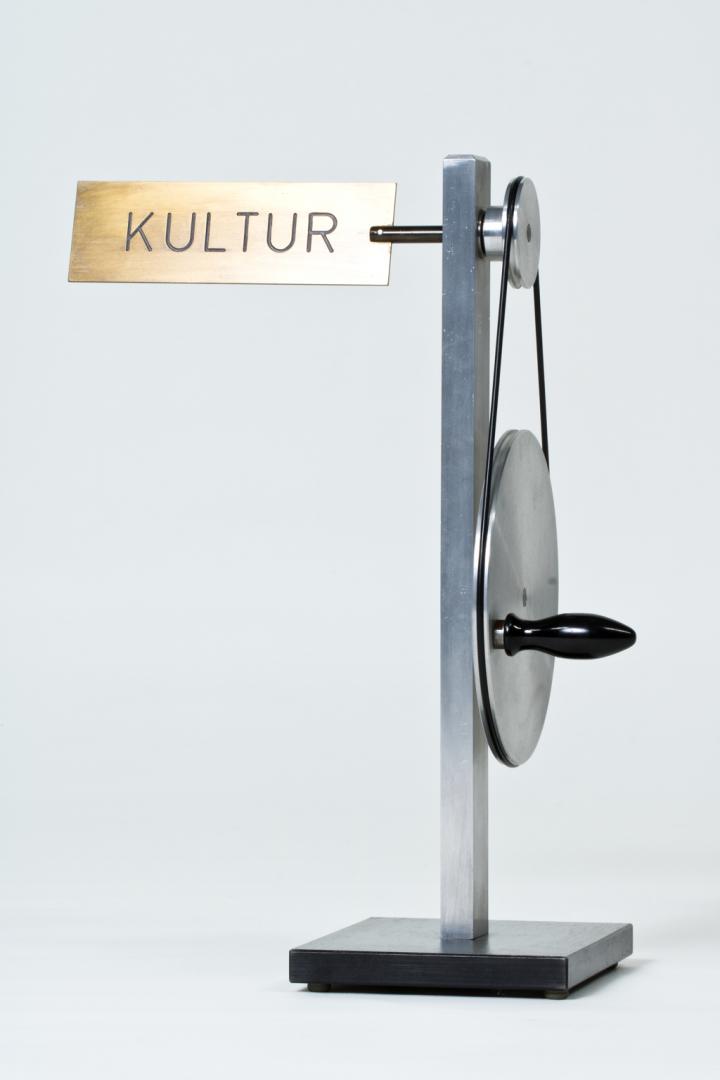
Konrad Balder Schäuffelen is a German psychiatrist, artist, author of concrete and visual poetry, and translator.
Schäuffelen earned a PhD in medicine and worked as a psychiatrist at the Max Planck Institute for Psychiatry in Munich. After training as a psychotherapist and psychoanalyst, he worked in his own practice and as a writer and translator in Munich.
In the 1950s Schäuffelen turned to experimental and visual poetry; from the early 1960s he mainly produced language and book objects as well as audiovisual installations. In 1979 he was awarded the Schwabing Art Prize in the plastic/sculpture category.
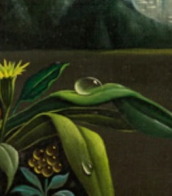
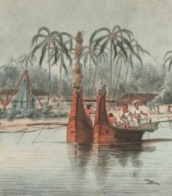
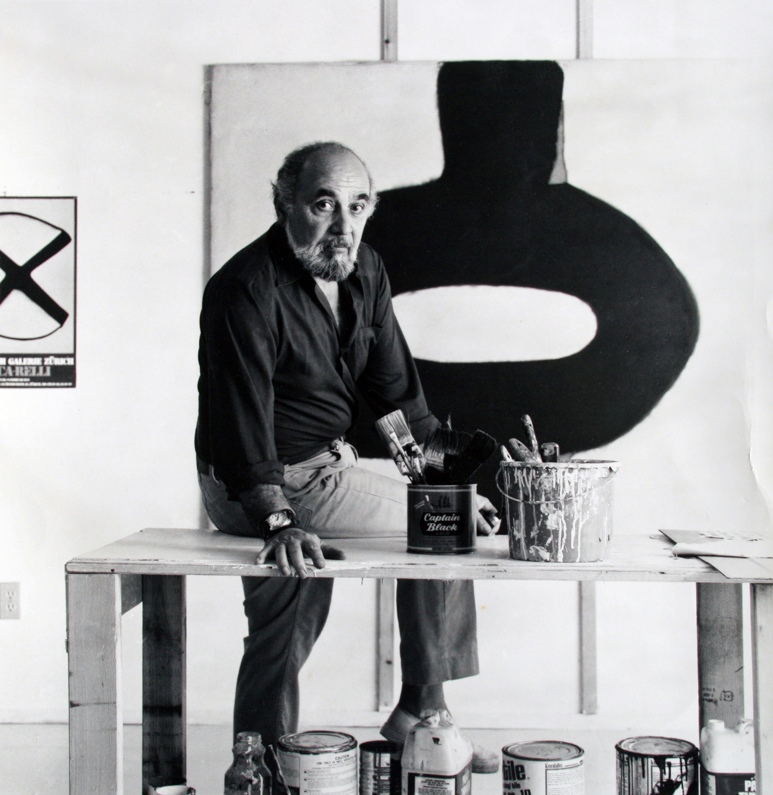
Conrad Marca-Relli was an American artist who belonged to the early generation of New York School Abstract Expressionist artists whose artistic innovation by the 1950s had been recognized across the Atlantic, including Paris. New York School Abstract Expressionism, represented by Jackson Pollock, Willem de Kooning, Franz Kline, Robert Motherwell, Marca-Relli and others became a leading art movement of the postwar era.
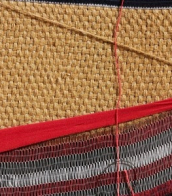
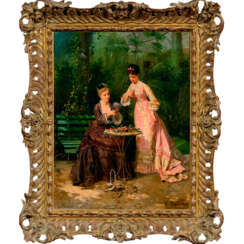

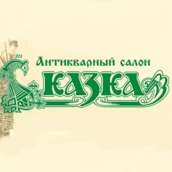
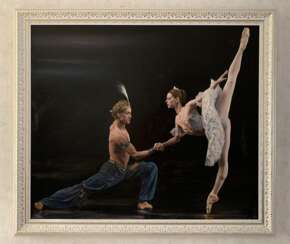


![Бергман, В.Г. История Петра Великого: [6 т.] / Соч. Вениамина Бергмана; пер. с немецкого Егор Аладин.](/assets/image/picture_1905489/bb8ce/vdksgixejxywfbbkdatjnyjt41zye2efjsb0n-wgaq6xvwddmwqmg78uqqf2h0t1639497057jpg__fix_374_244.jpeg)
![Бергман, В.Г. История Петра Великого: [6 т.] / Соч. Вениамина Бергмана; пер. с немецкого Егор Аладин.](https://veryimportantlot.com/assets/image/picture_1905489/bb8ce/vdksgixejxywfbbkdatjnyjt41zye2efjsb0n-wgaq6xvwddmwqmg78uqqf2h0t1639497057jpg__fix_374_244.jpeg)


